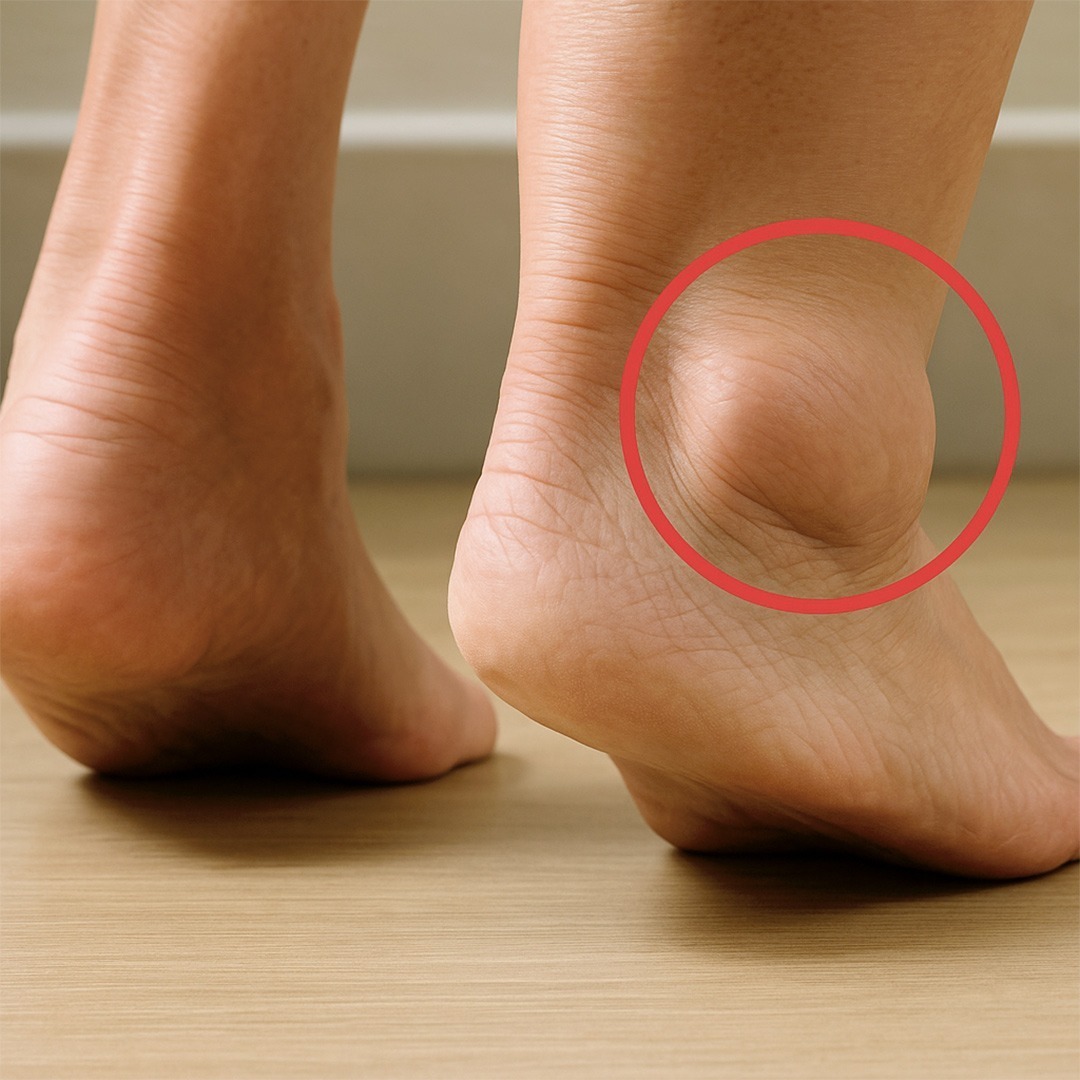
Swollen Legs: What Are the Symptoms and Treatments?
Swollen legs, medically referred to as peripheral edema, are a common symptom that can stem from a wide range of causes, from harmless fluid retention due to prolonged standing to more serious underlying medical conditions like heart, kidney, or liver disease. Understanding the symptoms and treatment options is crucial for managing this condition effectively. This article will explore the symptoms of swollen legs, discuss common causes, and outline step-by-step treatment methods.
What Are the Symptoms of Swollen Legs?
Swelling in the legs can occur in one or both legs and may develop suddenly or gradually. Here are the key symptoms to watch for:
1. Visible Puffiness
- Noticeable swelling in the ankles, feet, or thighs
- Indentations left behind when you press the skin (pitting edema)
2. Heaviness or Tightness
- A sensation of fullness, tightness, or heaviness in the affected leg(s)
- Difficulty walking or discomfort when moving
3. Skin Changes
- Shiny, stretched, or discolored skin
- Warm or red areas indicating inflammation or infection
4. Pain or Achiness
- Mild to moderate pain in the lower limbs
- Pain may worsen with activity or at the end of the day
5. Decreased Mobility
- Limited range of motion in ankles or knees
- Difficulty fitting into shoes or clothing
Common Causes of Leg Swelling
Understanding the root cause of swollen legs is key to choosing the right treatment. The most common causes include:
- Prolonged standing or sitting
- Injury or trauma (sprains, fractures)
- Venous insufficiency (poor vein function)
- Lymphedema (lymphatic system dysfunction)
- Heart failure
- Kidney disease
- Liver cirrhosis
- Infections (cellulitis)
- Blood clots (deep vein thrombosis – DVT)
- Medications (calcium channel blockers, steroids, NSAIDs)
Diagnosis: Step-by-Step Method
Step 1: Medical History
A doctor will first ask about:
- Onset and duration of swelling
- Pain levels and other symptoms
- Any existing health conditions
Step 2: Physical Examination
The healthcare provider checks:
- Extent and location of swelling
- Signs of pitting edema
- Skin condition and temperature
Step 3: Diagnostic Tests
Depending on the suspected cause, tests may include:
- Blood tests (to check liver, kidney, and heart function)
- Urinalysis
- Ultrasound (to rule out blood clots or venous insufficiency)
- X-rays or MRI (for structural damage or injuries)
Treatment for Swollen Legs: Step-by-Step
Step 1: Elevate the Legs
- How to do it: Lie on your back and raise your legs above heart level using pillows or a leg rest.
- Why: Helps blood and fluid flow back toward the heart, reducing swelling.










